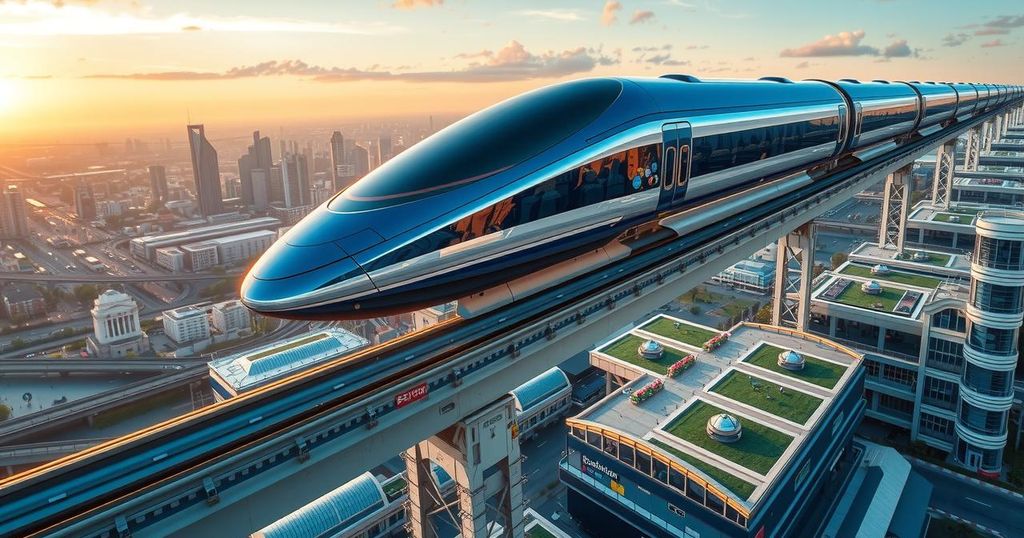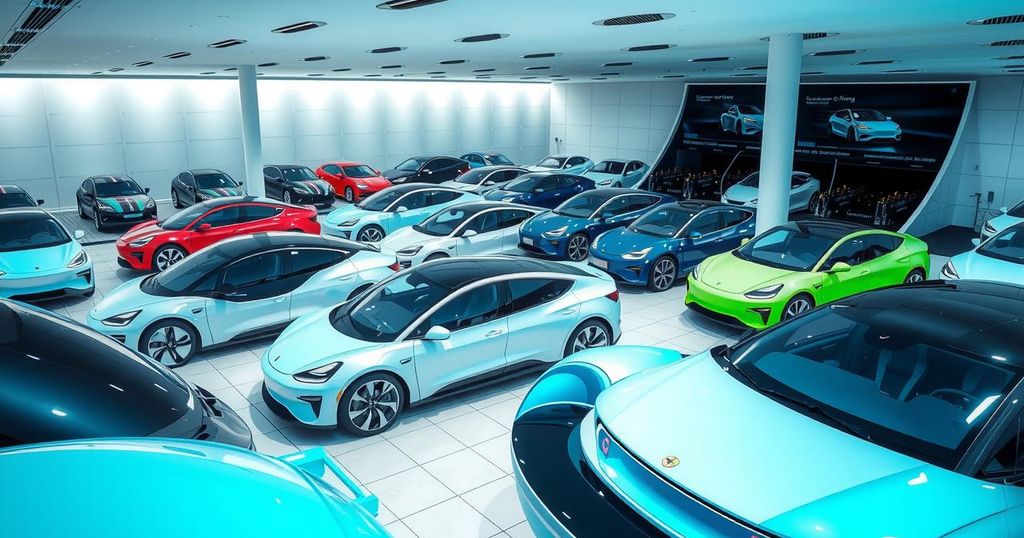China Developing 373mph Maglev Train, Threatening HS2’s Future
- China is developing a 373 mph maglev train that threatens HS2’s viability.
- The CRRC prototype reveals high-speed rail’s potential to redefine travel.
- Conventional trains lacking maglev technology may soon become obsolete.
China’s ambitious flying train threatens HS2’s relevance
China is ambitiously pursuing the development of a 600 km/h (373 mph) “flying train” that may render the UK’s HS2 high-speed rail line obsolete even before it begins operations. State-owned CRRC unveiled a prototype of its magnetic levitation, or “maglev,” train at a recent exhibition in Beijing, reflecting a growing confidence in the viability of the technology. Traditional trains generally fail to exceed 200 mph; however, because maglevs float just millimeters above their tracks, they can bypass friction and achieve much higher speeds, making this potential innovation significant for global transportation.
Potential impact of maglev technology on high-speed rail
Also noteworthy is the significantly reduced maintenance cost associated with maglev trains, in addition to their electric motors which produce zero emissions, contributing to a greener transportation system. Currently, there are only seven operational maglev services worldwide, mainly serving low-speed airport connections. Experts believe that CRRC is aiming to launch ultra-high-speed maglev services within the next five years, projecting speeds that could surpass 300 mph. Meanwhile, conservative forecasts suggest that China or Japan’s futuristic trains could start service just as HS2 prepares to commence its 225 mph service in the UK, raising questions about whether HS2 will be able to compete.
Experts foresee significant benefits for travelers with maglev trains
Prof. Johannes Kluehspies, head of the International Maglev Board, emphasizes that introducing long-range maglev systems will ultimately eclipse conventional high-speed trains, like HS2. He firmly believes that if either China or Japan successfully operationalizes such technology, it will fundamentally change high-speed travel worldwide. At the recent Modern Railways exhibition, CRRC’s senior engineer Shao Nan suggested that the CRRC 600, as it is named—indicating its top speed in km/h—could bridge the speed gap between fast trains and jets over distances reaching up to 1,300 miles, creating entirely new travel markets. For instance, the journey from Beijing to Shanghai could shrink to around two and a half hours, improving significantly on current high-speed travel times.
In summary, China’s pursuit of a 373 mph maglev train presents a serious challenge to Britain’s HS2 project, which is already facing considerable delays and rising costs. As technology continues to advance, it seems likely that maglev trains might soon surpass conventional high-speed rail systems. This means the future of fast rail transport could shift dramatically, potentially leaving the HS2 behind as newer, faster alternatives emerge on the global transportation stage.




Post Comment